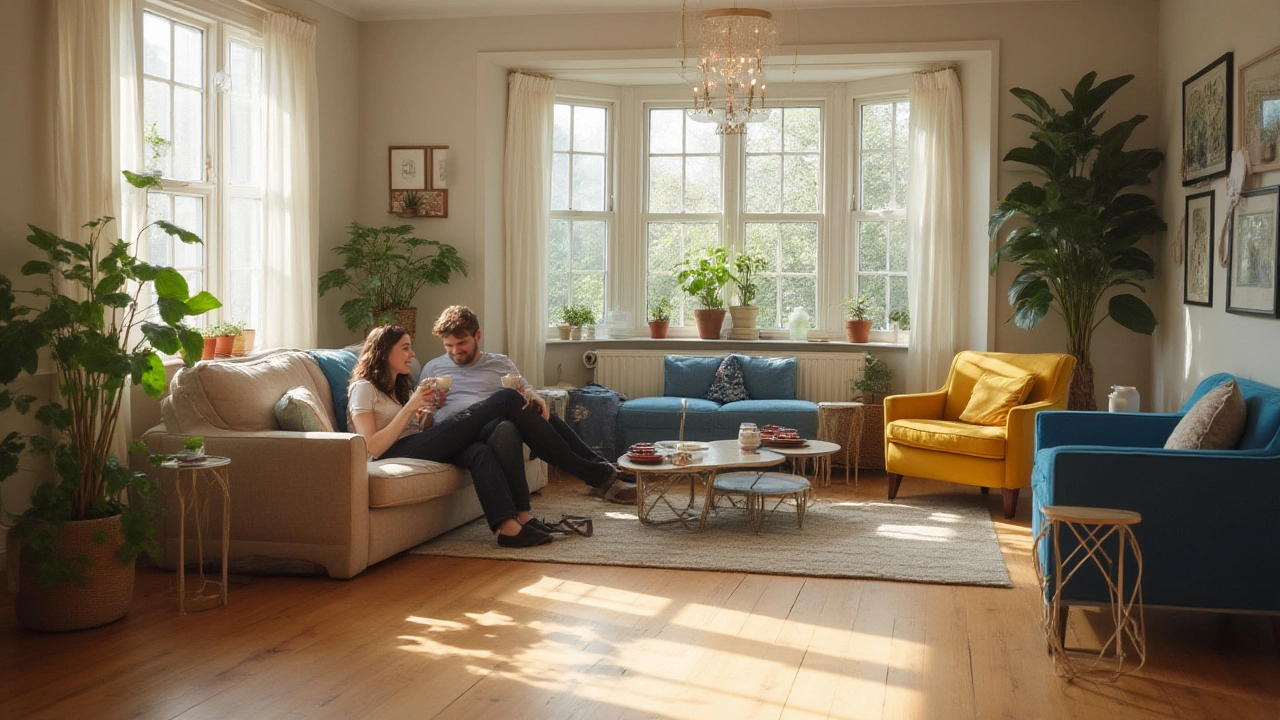Engineered Hardwood Flooring – What You Need to Know
If you’re thinking about new floors, engineered hardwood often beats solid wood in price, stability and style. It’s made from layers of real wood glued together, so it looks like hardwood but moves less when the temperature or humidity changes. That means fewer gaps, fewer cracks, and a longer life in most homes.
Why Choose Engineered Hardwood?
First, engineered hardwood works well on concrete slabs and over radiant heating. The top layer is real wood, so you still get that natural grain and feel, but the core layers keep the board from swelling. Second, it’s easier on the budget. You can get a high‑end look without paying for solid timber all the way through. Third, installation options are flexible – click‑lock, glue‑down or nail‑down methods let you pick the fastest route for your project.
Another big plus is design variety. Manufacturers offer many species – oak, walnut, maple – and different finishes, from matte to high gloss. You can match any interior style, whether modern, rustic or classic. Because the top veneer can be sanded a few times, you can also refinish the floor if it gets scratched.
Tips for Installing and Caring for Engineered Hardwood
Before you start, let the planks sit in the room for at least 48 hours. This helps them adjust to the indoor humidity and reduces movement later. If you’re using a click‑lock system, make sure the subfloor is clean, flat and dry. A small gap around the room’s edges is essential – it lets the floor expand and contract without buckling.
When you glue down boards, use a high‑quality adhesive made for wood floors and spread it evenly. For nail‑down installs, a pneumatic flooring nailer speeds the job and gives consistent depth. In any method, work from one side of the room to the other, keeping the boards tight but not forced.
After installation, protect the floor with felt pads under furniture and use rugs in high‑traffic zones. Sweep or vacuum regularly to keep grit from scratching the surface. When it’s time to clean, a damp mop with a pH‑neutral cleaner is enough – avoid harsh chemicals or excess water.
If the floor gets dents or minor scratches, a wood filler that matches the veneer colour can fix them quickly. For deeper wear, you can sand the top layer (usually 2‑3 times) and refinish with a new coat of polyurethane.
Overall, engineered hardwood gives you the look of real wood with added durability and easier installation. Follow these simple prep, install and care steps, and your floor will stay beautiful for years without the headaches that often come with solid timber.
2025's Top Living Room Flooring Trends: Engineered Hardwood and Luxury Vinyl Plank Guide
- Gavin Whitaker
- |
- |
- 0
Unlock the two hottest living room flooring trends for 2025. Learn about engineered hardwood, luxury vinyl plank, and get tips on what works for your style and budget.
View more